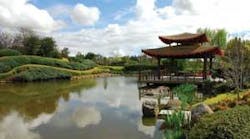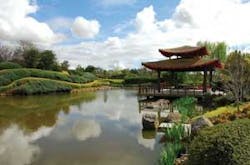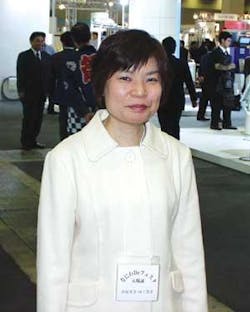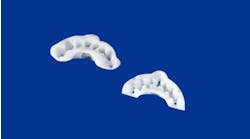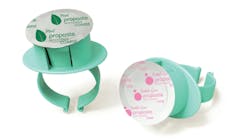Osaka dental hygienist offers a few insights on how the profession is changing for Japanese practitioners.
by Kevin Henry
Kevin Henry is the editor of Dental Office and Proofs magazines. While visiting Osaka, Japan for an article in Proofs, he interviewed Noriko Kotaka, who currently is the immediate past president of Osaka Dental Hygienists Association.
RDH: Is it true that all dental assistants and hygienists are called hygienists in Japan?
Kotaka: Yes. There are two categories of dental hygienists in Japan. One kind who does the same thing as an American hygienist focuses on the teeth. The other kind is a chairside worker/receptionist who does everything else in the office. In order to work on teeth in a Japanese dental office, hygienists must go to school, graduate, and pass the national board exam. Those who don’t go to school can help around the office, but can’t put their fingers in a patient’s mouth.
RDH: What are the education requirements for a hygienist to work directly on a patient?
Kotaka: One must have three years of dental hygiene school, and that may be extended to four years in the very near future. There is a shortage of dental hygienists in Japan, and some of that can be traced to a shortage of dental hygiene instructors in the schools. If we are unable to solve the educator shortage, we may not be able to expand our roles as much as we would like because the education simply won’t be there.
RDH: I know the expansion of the hygienist’s role is one of the big issues in Japan right now. Tell me more about it.
Kotaka: Under current regulations, hygienists must work under the instruction of a dentist. This imposes some limitations on their jobs. RDHs are unable to open their own practices. Obviously, the RDHs would like to remove these restrictions, and that is often a point of conflict between the dentist and hygienist.
RDH: American dental hygienists have a lot of passion for what they do in the office. Can the same be said for their Japanese counterparts?
Kotaka:: Certainly Japanese dental hygienists have much passion for their work. Like in America, that passion ranges depending on the person. The hygienists’ desire to expand the work responsibilities in the office, which is causing some conflict now between hygienists and dentists, stems from that passion. Japanese dental hygienists want to be able to do more for their patients.
RDH: What about the link between oral health and overall health? Is it a big topic in Japan?
Kotaka: It is getting to be a hot issue. People are starting to understand the importance of oral health to their overall health. Earlier this year, the Japanese Dental Association began to emphasize the link between diabetes and oral health. The relationship between the medical and dental fields is also starting to grow.
RDH: Japan’s demographics show a rapidly aging population. How does this affect Japanese hygienists?
Kotaka: The elderly have caused the hygienist’s rules and jobs to expand. Dentists and hygienists are now visiting nursing homes together and visiting the elderly in their homes to help them brush and restore bite function. The biggest problem we see is that some of the elderly can’t swallow. It’s very important for the dentist and hygienist to work together to solve this problem. Dentists and hygienists are also working with local and city leaders to establish oral health-care programs to help the elderly and handicapped. Some hygienists even have contracts with the local government to help provide services.
